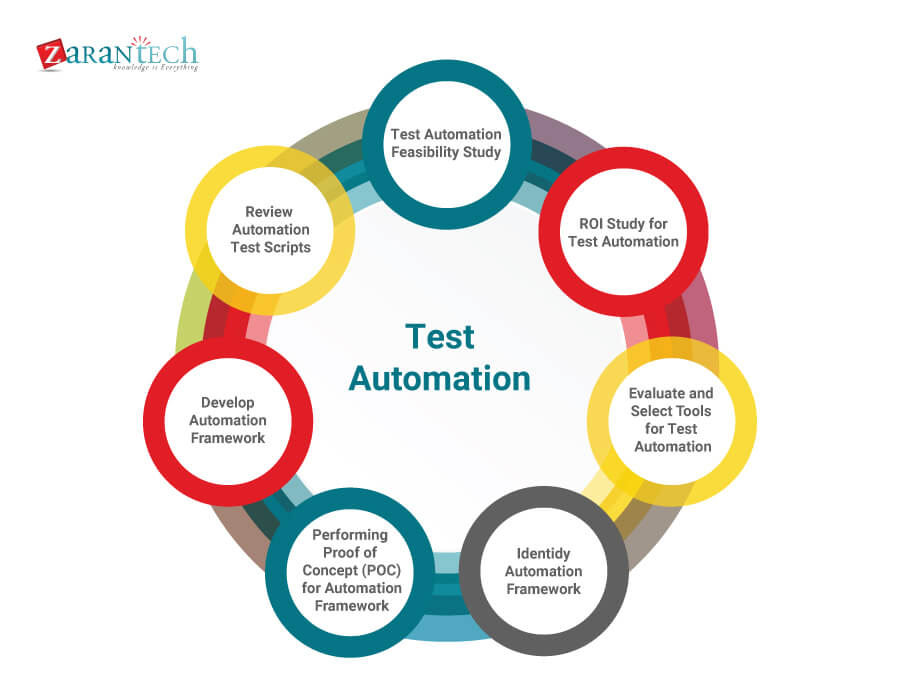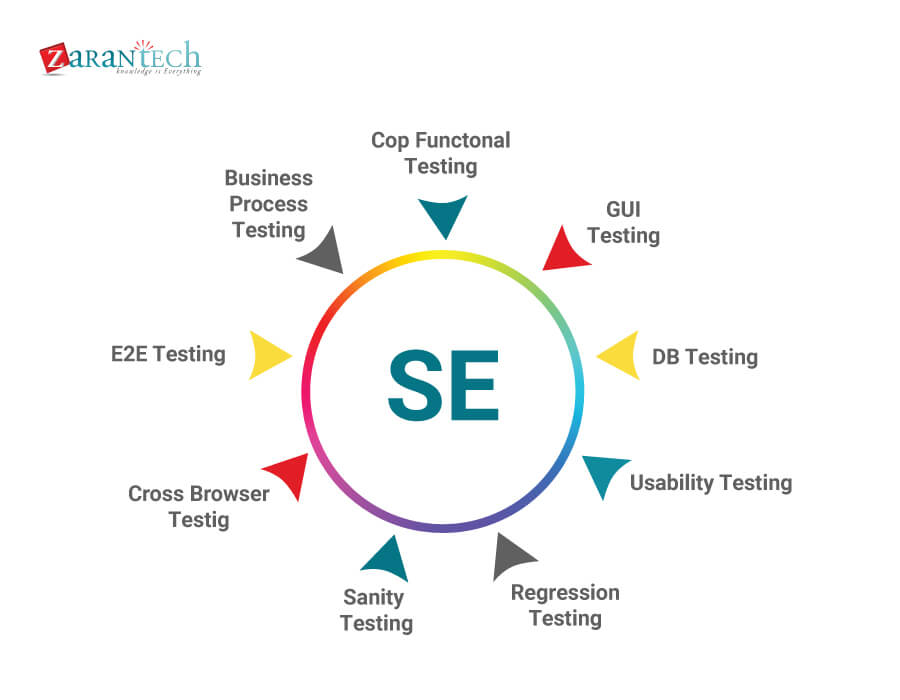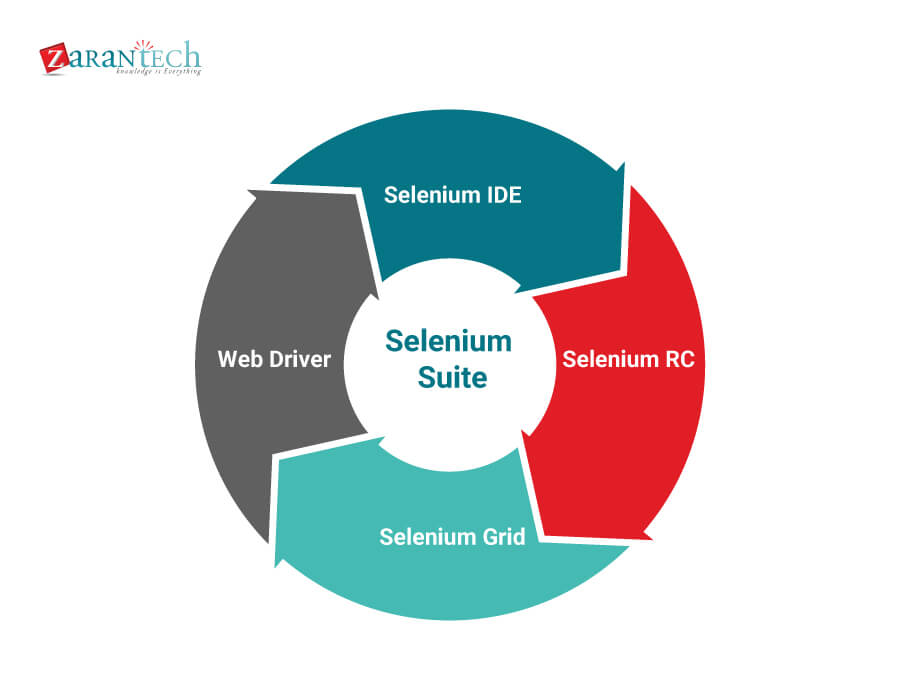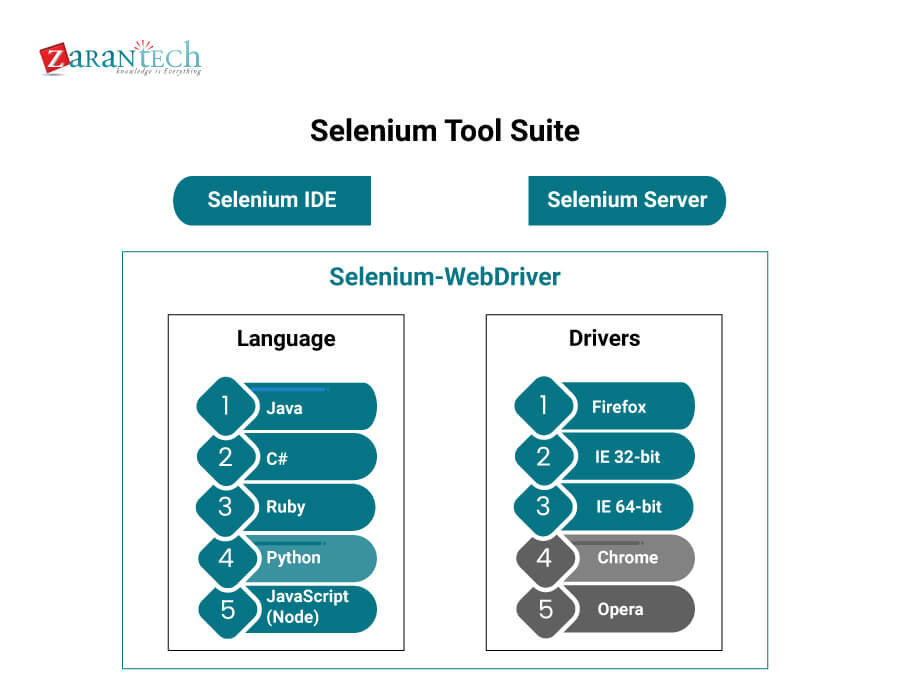Benefits of Implementing Selenium for Test Automation in Enterprises
Category: Selenium Posted:Apr 20, 2017 By: Serena JoshAutomation of testing has become an integral part of the software development cycle for small and medium enterprises. This gains more value as and when the development of corresponding online services and e-commerce operations begin. If test automation isn’t undertaken especially during this stage the organization would have to deal with unprecedented cost overheads as a result of low performance and service delay.
Selenium is a group of various software tools each with a varying test automation process, technique or approach. While conventionally Test Automation Engineers tend to focus on the one or two relevant tools that will most likely meet the said project needs, it is wise to learn the entire set of testing tools to have options at the ready for solving various test automation cases. The Selenium suite of tools leads is feature packed and is specifically equipped to the requirements of testing for web applications of all types. The processes enabled by Selenium are known to be highly flexible, enabling many choices for location of UI elements and contrasting forecasted test results as against actual application functioning. One of the best features of Selenium is its ability to allow testing on various browser platforms.
In order to clearly understand the benefits experienced through Selenium one would have to go through the benefits offered by test automation as a process itself:
Get More Insights about Selenium with Live Webinar
Test Automation – Key Benefits
IT enterprises looking to boost overall software efficiency and build on existing software quality are looking towards test automation as a solution. Whether the objective is to execute automated test cases or contrasting expected and actual results, there are specialized tools available for effective testing. This way, software proficiency can be achieved and enhanced greatly without manual intervention which conventionally happens at repeated intervals.

The most notable business advantages of automated testing are its periodic implementation with the least amount of human effort while maintaining high levels of accuracy.
- Faster Feedback
Automation enhances communication between product owners, developers and designers which enable malfunctions, bugs and other errors to be instantly identified and corrected in real-time. This is why automated testing is highly advantageous and acts as a catalyst for validation of the product during the different phases of the software development cycle.
- Accelerated Results
Accelerated implementation of test automation will lead to massive savings in operational time for both small and large systems. This means testing can be executed on a repetitive basis, which in turn will deliver speedier results every time with minimized time and reduced effort.
- Reduced Business Expenses
While some enterprises consider the cost of initial investment for test automation, they do not regard the massive ROI that will follow. Once test automation is implemented in a company the time needed to execute tests will decrease dramatically. This means a larger quantity of work can be undertaken in the same amount of time with greatly increased levels of accuracy. Since the product that results from such testing procedures will be of a much higher quality than otherwise possible with manual testing, the need for fixing bugs post-release will be reduced. This will directly reduce project costs.
- Testing Efficiency Improvement
Even though the setup time for automation is considerable initially (compared to test execution) automated test execution will take a significantly smaller amount of time. Testing occupies a considerable part of the whole Software Development Lifecycle. This implies that even the smallest improvement in the overall efficiency can result in a massive difference to the overall project timeline. Such testing can be executed virtually executed as the presence of manual testing
Learn Selenium From Industry Experts
- Higher Overall Test Coverage
The sheer speed of test automation allows for a greater number of test executions relating to an application. This directly translates to higher test coverage than possible in manual testing, which usually would involve a massive team restricted by a small amount of allotted time. Maximizing test coverage means more features in the application can be tested leading to higher quality for the application.
- Reusability of Automated Tests
The fact that automated test cases are reusable means they can be used through various approaches. This means developers get the chance to assess program reactions. The repetitive nature of test automation facilitates this.
- Earlier Detection of Defects
Since early defect detection leads to cost-effective code rework, overall velocity of code development can be maintained at high average while still making sure functionality isn’t hampered across areas. This is the reason why defect documentation in software becomes much easier for testing teams post-test automation implementation.
- Thoroughness in Testing
It is a statistical certainty that all testers may not use similar testing approaches. Testers focus areas within the application may vary to a great degree based on the personal expertise and exposure to certain practices in testing. When test automation comes into the picture, all areas of testing are bound to receive the same amount of attention. This will directly translate to higher product quality.
- Faster Time-to-Market
Time to market is a critical factor in product planning and success with regard to software applications. If a competitor has a faster time to market, that would directly hit the bottom line of your product. Test automation allows for the relentless execution of test cases which will greatly reduce the time to market of any software application. Once test automation is set up, test library execution will be faster and will run longer than any type of manual testing.
- Information Security
It is widely known that the efficacy of testing will rely heavily on the quality of test data that is utilized. As a manual creation of high-quality test data takes an inordinate amount of time, testing will most often be executed on live databases. This is where test automation comes to the rescue since it enables creation, manipulation and protection of live test databases. This allows testers to reuse data many times over. The resultant time and cost savings are massive in this area.
Benefits of Automating Functional Tests Using Selenium for Enterprises
Along with the inherent advantages of automated testing, Selenium has certain unique benefits that give it an edge over the competition.
1. Platform Portability
Since we have established that testing is a repetitive process, the smallest variations in code must be thoroughly tested to make sure the intended functionality is met. Selenium is a testing tool with high levels of portability which can run on various platforms and browsers as well. This enables testers to easily write code without laying much emphasis on the platform on which it will run.

2. Language Support
One of the key challenges in software test automation is the integration of automation tools with the development environment for CI. Easy integration with the development environment is made a reality with the available Selenium bindings for Python, PHP, Ruby, Java, .NET, Perl, and a lot more.
3. Remote Control/Selenium Grid
Test infrastructure and the quality thereof is a key ingredient to great testing. Automation Engineers can use Selenium’s remote control server in the creation of test infrastructure that can be potentially spanned over several locations not excluding the cloud, to drive scripts on a massive browser set.
 4. Flexibility
4. Flexibility
Test management becomes much simpler and more efficient, thanks to easy regrouping and refactoring of test cases. This enables the testers to keep testing self-contained and we’ll within the program itself. This leads to better change management in the code, minimizing complications and boosting maintainability of the said code. This is why Selenium is known for its flexibility as a testing tool.
6. Open Source Advantage
Being open source, selenium enables user sharing and users to extend and change existing code. This, in turn, allows testers in reaping huge ROIs by saving time and effort. Custom functions also enable higher readability and better management of code.
Selenium Feature Summary
The feature rich tool that is Selenium enables easy development of adorned automated scripts. The detailed features available in selenium can be chosen according to the level of complexity that is associated with the testing task at hand, be it an application or a website page for which the script is being written. Its user-friendly interface makes it convenient for creation of exploratory tests, unit tests, one-off bug reproduction reports and a whole lot more.

Script creation is made easy with the plethora of options provided by Selenium. The Selenium web application allows for recording and saving action when the tests are being executed in a browser. Tools such as Firebug enables script creation on a manual basis. Selenium accommodates a wide array of reporting tools, build systems and other features of existing frameworks. It also has great integration capabilities with other popular tools like Hudson, QMetry, SauceLabs, Selenium-Grid and others.
Selenium is a very durable and resilient tool which works on various operating systems and providing support for nearly every browser which is in use today, right from Google Chrome and Mozilla Firefox to Internet Explorer and Opera. As Selenium supports other languages, such as Perl and Python, there is no dependence or restriction for using Selenium’s own script language for writing test code.
Non-technical users stand to gain the most from the flexibility, Selenium brings to the market. As an example, Selenium using frameworks with Cucumber can automate tests in feature files, in forms that are comprehensible to even non-technical product owners or other such equally important project stakeholders while Cucumber translates the test code in Java. Selenium-RC can then utilize JavaScript to launch the said web page and execute instruction within JavaScript sandbox.
Conclusion
It is because Selenium is such a diverse testing package, enterprises the world over have begun using this tool for testing software applications varying from the simple to the highly complex. Right from its open source nature to its cross-platform compatibility, everything in this testing suite offer organizations the best of the best when it comes to testing automation.




 99999999 (Toll Free)
99999999 (Toll Free)  +91 9999999
+91 9999999